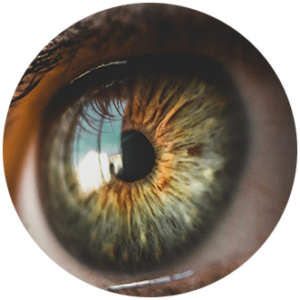EMDR -Eye movement desensitisation and reprocessing

EMDR was reportedly created by Francine Shapiro a Psychologist in the 1980's, although argues to have actually come from John Grinder, the co-founder of NLP for whom Shapiro worked.
Whatever it's true origins, EMDR can be extremely effective. Mainly known for its use in PTSD, it is also now used for depression and other disorders such as anxiety, panic attacks, eating disorders and addictions. In fact, any negative stored emotions from past memories can be targets with EMDR.
Interestingly, this is one of the few accepted treatments in the NHS and is ever referred to in the nationally recognised Mental Health First Aid two day course. It is recommended under the guidelines for both NICE (National Institute for Clinical Excellence) and WHO (World Health Organisation).
Using either light therapy (not to be confused with light therapy for SAD), clicking sounds, following an object or fingers moving across the visual field and physical tapping (again, not to be confused with Thought Field Therapy or Emotional Freedom Therapy tapping), EMDR can reduce or deplete the emotional reaction to a memory or event and thus have a positive effect and result on the associated issue.
How does it work? EMDR can be thought of in the same way as defragging a computer. The corpus callosum, the processing highway in the brain, allows communication to occur between the two hemispheres of the brain. The processing results from messages being transmitted between both hemispheres. Sometimes during emotional stress such as PTSD, this processing is disrupted and memories are 'locked' in one hemisphere and not processed fully. EMDR allows for the processing, resulting in the memory being intact, without emotional reaction.
What will I experience? EMDR can be delivered using either finger movements in front of your eyes, alternate clicking sounds beside both ears or tapping on the body (usually the hands). All of the above cause bilateral stimulation which enhances memory processing in a beneficial way through resolving traumatic memories stored in the Hippocampus.
How many sessions will I need? It depends on the individual. It will normally take between 3 and 6 sessions and can be combined with other therapies such as hypnosis.
For further information please contact me via the form below or at info@kate-guest.co.uk or telephone 07790303806
